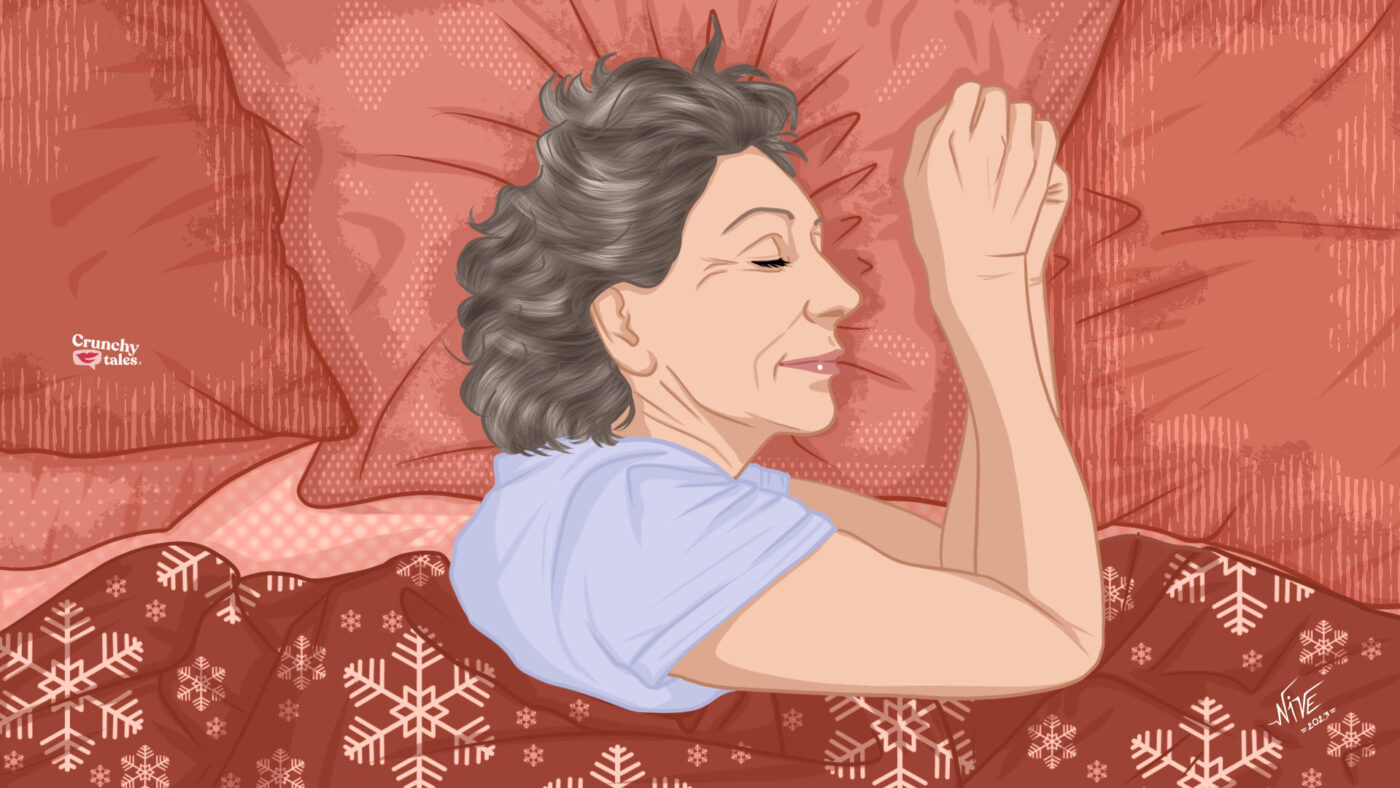Can’t Sleep? The Best Noise Colours For A Peaceful Night’s Rest
Does the sound of falling rain lull you into a deep slumber? Or perhaps the gentle rustling of leaves in the wind is what helps you drift off to dreamland? Whatever your preferred noise may be, finding the perfect auditory backdrop for a good night’s sleep is key to waking up refreshed and rejuvenated.
Ultimately it’s a matter of “colour” or we should say the strength and frequency of a sound.
What are coloured noises?
In audio engineering, electronics, physics, and many other fields, the colour of noise or noise spectrum refers to the power spectrum of a noise signal. Different colours of noise have significantly different properties. In particular, when a coloured noise fills the room as you sleep, it can mask other disruptive commotion that might otherwise wake you up.
According to Dr Jeffrey Ellenbogen, a neurologist and director of The Sound Sleep Project, white, brown, and pink sounds are some of the many tools available to help people sleep in noisy environments. They can have a positive effect on our brains and help to mask unpleasant noises providing a consistent, gentle background that can help to promote a night of better sleep.
“If we have noises in our environment while we’re sleeping, we’re going to really get perked up to them. Our brains are keyed in to attend specifically to sharp changes in the environment because those are the threats,” he said. “So what sound masking does, it introduces a broad, calm, consistent, a bit gentle (sound) in the background that can make it so you can’t quite pick out those noises that are still there.“
What is the best noise for sleep?
The best noise for sleep differs between individuals, depending on various factors such as your current sleep environment, various medical conditions, and plain personal preference.
Finding the best noise for sleep out of the white, pink, brown and other varieties is a matter of preference.
- White noise
Also known as broadband noise, it’s the most popular type of colour noise. It encompasses all frequencies present in the spectrum of audible sounds in equal proportions. This static-like sound, created by a combination of sound frequencies, can be intense and high-pitched, resembling the noise produced by a fan, air conditioner, or vacuum. Some studies have indicated that white noise can have various benefits, including improving sleep, reducing crying in babies, enhancing work performance, and alleviating ADHD symptoms.
- Pink noise
It’s a type of background sound that can help you sleep better by blocking out distractions such as talking or traffic. Similar to white noise but with deeper and gentler sounds, it’s also known as ambient noise. The frequency of pink noise is consistent, creating a soothing and even sound like rain or waves. Its lower waves filter out higher sounds, resulting in a more relaxing experience. It may be also beneficial for memory consolidation.
- Brown noise
Also known as red noise, it produces a deep rumbling sound with a bass-like tone, which is distinct from pink or white noise. Unlike pink noise, the sound level (decibels) decreases more as the frequency increases. It resembles a steady heavy rainfall or a shower with strong pressure. Certain sleep apps utilize brown noise instead of pink noise to create a deeper and grainier effect. It may potentially alleviate symptoms of ringing in the ears and even enhance cognitive abilities.
Do coloured noises really work to help you sleep better?
Further studies are required to fully understand the impact of coloured noise on sleep. Ideally, you should try different sounds, tracks, and volumes to find what works best for you.
“Although listening to background sounds can help to mitigate disruption whilst sleeping in a loud environment, many people who struggle to sleep use white noise, pink noise, audiobooks, and so on because they believe it helps their sleep,” says sleep specialist Dr Lindsay Browning, founder of “Trouble Sleeping”.
The scientific studies conducted so far have been conflicting as to whether listening to background noise during sleep is actually beneficial for our sleep.
“Hunter College of the City of New York University conducted a meta-analysis study of 34 studies where people used white and pink noise machines, and found no clear evidence that listening to these devices improved their sleep“, she explains. “However, they also did not find clear indications that they were harmful to sleep. Therefore, if you find listening to a noise machine helps you to sleep better there doesn’t seem to be a good reason for you not to do that.“
Where to Get Coloured Noises
If you are thinking of adding colour noise to your sleep routine, you’re not alone. According to a report from Bloomberg, white noise podcasts account for 3 million hours of daily content consumed on Spotify. Meaning several people are struggling with sleeping.
In particular, sleep issues are common amongst midlife women, with sleep disorders affecting 39% to 47% of perimenopausal women and 35% to 60% of postmenopausal women, states The Sleep Foundation.
To experience the benefits of white, brown, and pink noise you can get several apps or download a looping track from organizations like the American Tinnitus Association. Alternatively, you can get a sound machine or noise generator.
Many people these days depend on them to establish a calming and undisturbed atmosphere. These machines are exceptional and arguably the optimal choice for this objective. However, certain smartphone applications assert the ability to transform your phone into a portable, adaptable, and efficient sound machine, especially when combined with a Bluetooth speaker or smart speaker, significantly enhancing the sound quality.
The Takeaway
Many midlife women are sleep-deprived and it’s become a crisis that needs to be tackled. If coloured noises can help, why not? Of course, everyone’s auditory preferences are unique, and understanding what sounds work best for you is crucial in creating a calming sleep environment.
Whether you’re a fan of white noise, nature sounds, or even soft instrumental melodies, just explore various options to help you find the perfect soundtrack for a peaceful slumber. However, don’t forget that a peaceful night’s sleep often boils down to a better lifestyle. Regular sleeping difficulties could be a sign of a sleep disorder or an underlying medical condition requiring treatment. If home remedies don’t help, consider seeing a sleep specialist.
Like this post? Support Us or Sign up to our newsletter to get more articles like this delivered straight to your inbox!






